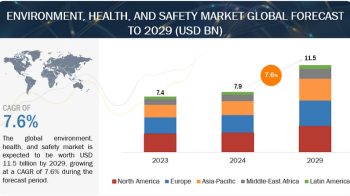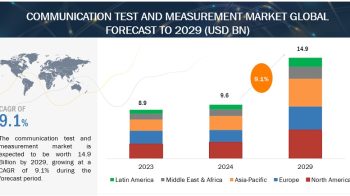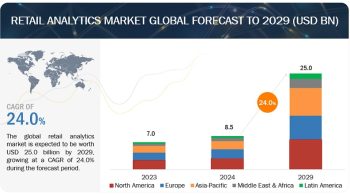
The Algorithmic Trading Market is said to have growth potential, due to the increasing demand for fast, reliable, and effective order execution and reducing transaction costs.
A number of regulatory standards have been designed and developed by various financial institutes to facilitate enterprises to manage their businesses systematically and effectively. These standards from institutes across the globe are generally set by a recognized international standard financial body or industry groups for offering a common view of frameworks, processes, and practices, which organizations could easily trade in the market globally.
The algorithmic trading market by trading type is further segmented into Foreign Exchange (FOREX), stock markets, Exchange-Traded Fund (ETF), bonds, cryptocurrencies, and others (commodities, assets, Credit Default Swap (CDS), Interest Rate Swap (IRS), and collateral mortgage). The ETF segment is expected to grow at the highest CAGR during the forecast period. An ETF is a type of fund that owns underlying assets and divides their ownership into shares. In other words, an ETF can own hundreds or thousands of stocks across industries, or it can be isolated to one particular industry. . Brokers typically charge a commission for each trade. Some brokers even offer no-commission trading on certain low-cost ETFs, thereby reducing costs for investors. The increasing numbers of global investors and growing government support across regions have boosted the growth of the algorithmic trading market.
The stock markets segment is expected to hold the largest market size. The stock market refers to the collection of markets and exchanges where regular activities of buying, selling, and issuance of shares of publicly-held companies take place. There can be multiple stock trading venues in a country or region, which allows transactions in stocks and other forms of securities. While both terms – stock market and stock exchange – are used interchangeably, the latter term is generally a subset of the former. The stock market segment’s growth is attributed to the increasing demand for automated trading to develop the trading strategies in the stock markets across regions.
The algorithmic trading market by deployment mode is divided into 2 segments, namely, cloud and on-premises. The cloud deployment mode is expected to grow at a higher CAGR during the forecast period, while the on-premises deployment mode is expected to hold a larger market size. The cloud-based algorithmic trading deployment model has become a cost-effective and efficient way to manage algorithmic trading.


